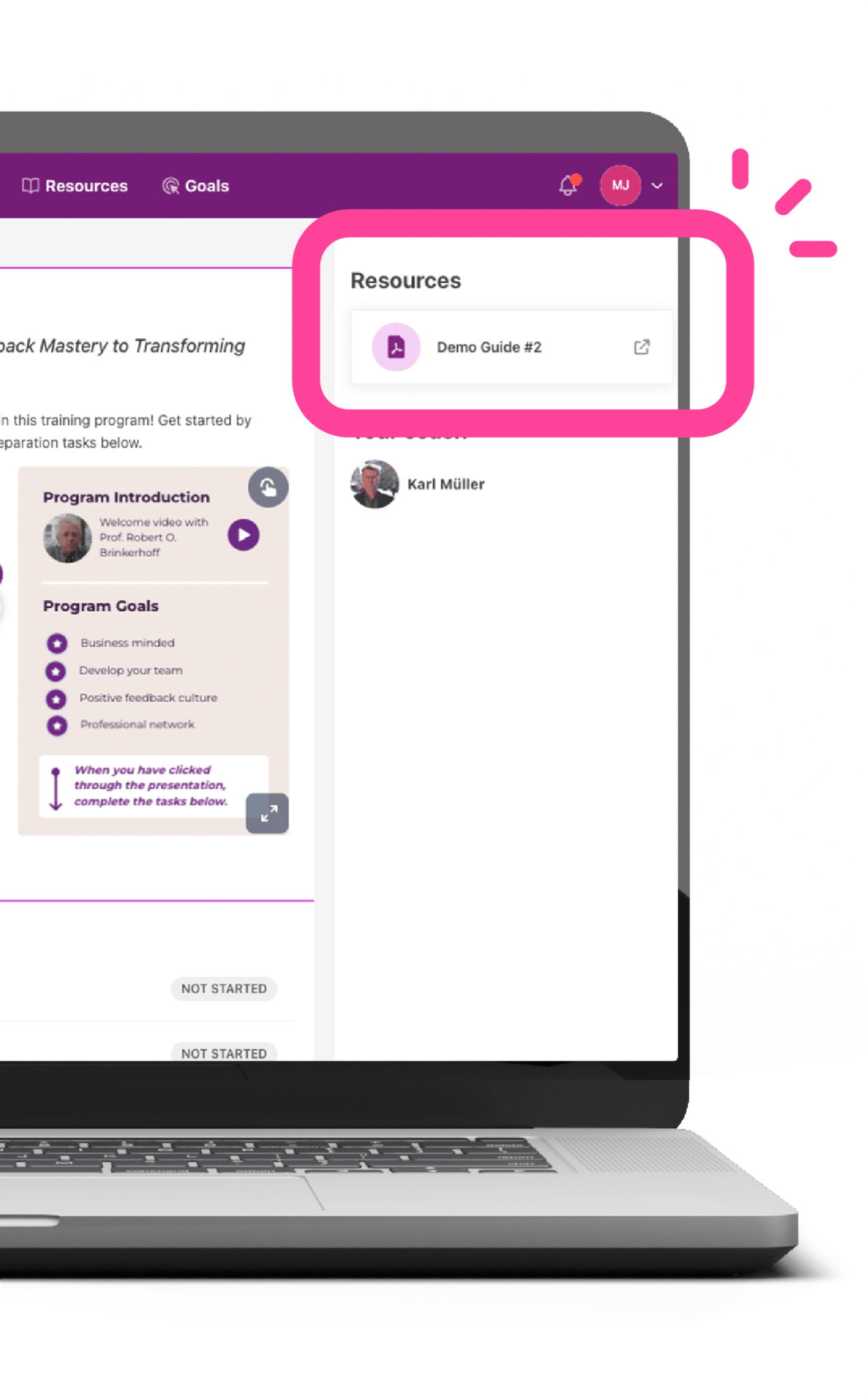[vc_row full_width=”stretch_row” css=”.vc_custom_1579601335902{background-color: #d33375 !important;}”][vc_column][pi_hero headline=”Applying the Five Types of Use”][/pi_hero][/vc_column][/vc_row][vc_row][vc_column][vc_empty_space height=”10px”][/vc_column][/vc_row][vc_row][vc_column width=”2/3″][vc_column_text css=”.vc_custom_1571669945673{margin-bottom: -0.1px !important;}”]Author: Alex Brittain-Catlin
Published: October, 21 2019[/vc_column_text][/vc_column][vc_column width=”1/3″][/vc_column][/vc_row][vc_row][vc_column][vc_empty_space height=”25px”][/vc_column][/vc_row][vc_row][vc_column width=”2/3″][vc_column_text]
In their paper: A demonstration of Five Types of Use, Kevin Ford et al, suggest five ways that a training course participant could apply their learning after a program has concluded. These levels look at the application not only immediately after a training has taken place but also over time. One of the main findings is that as Learning and Development professionals, we need to look beyond immediate application when evaluating the complete impact of training.
The five types of transfer that they have identified are:
- Perform: where there is a direct application of what has been trained, based on the procedures and principles taught.
- Assess: where the participant uses the standards derived from the program to evaluate their own or other’s performance.
- Explain: to explain and generate understanding and acceptance of the subject matter held in the training.
- Instruct: where participants of a program then go on to instruct others how to apply the methods and principles taught.
- Lead: where former trainees, who are now in a leadership position, promote the ongoing successful application of the learned performance.
The questions that we then need to ask ourselves resulting from this are what are the opportunities for us as program developers in terms of using these criteria in terms of not only evaluating the programs we run but also, what kind of assignments can we create to guide the application of our participants in these criteria.
In terms of utilising these as application and assessment criteria, they fit in well with the Learning Journey approach, which because of its implied length enables us to move beyond immediate application. Whilst immediate application of what has been applied is still a key factor, what other opportunities does the stretching the dimension of time dimension afford us?
Certainly, when we look at assess, this is more straightforward. When it comes to the Learning Journey approach, we are able to instruct participants to assess how a learning is being applied both in terms of their own performance but also that of others. The approach of iterations of feedback to support and further develop approaches is a factor in terms of really integrating changes of behaviour supports this criterion.
The criteria of Explain, Instruct, and even Lead, to some extent, fall squarely into the Core Element of Strengthening Results, where participants go beyond the immediate scope of the program to take spread their learning to audiences who have not participated. When designing programs, we can also use these criteria when looking at Develop and Practice Skills, clearly showing the intent to spread learning as an executable assignment.
Technical advances in supporting how we deliver programs further enables us to engage with participants in a different way and allow us to guide meaningful assignments over a longer period, when necessary. The current shift from events to journeys and from learning to application also lends itself to a more sustained approach that goes beyond straightforward application type assignments. To that end we can guide participants, through platforms such as Promote, to not only perform but also take into account these other factors of assess, explain, instruct and lead at a time when they have potentially moved beyond the initial confusion about how to internalize a newly learned approach and start thinking beyond this from a wider perspective.
In its simplest form, providing participants with a full list of these five criteria and asking them to self-asses which of these they can apply and then to return to Promote and post reflections and approaches as to how that application went would be a meaningful of drawing more value from a program.
Read more about the paper “Beyond Direct Application as an Indicator of Transfer: A Demonstration of Five Types of Use”.
Download this article as an PDF.
[/vc_column_text][pi_image image=”5203″][/vc_column][vc_column width=”1/3″][/vc_column][/vc_row][vc_row][vc_column][vc_empty_space height=”50″][/vc_column][/vc_row]
